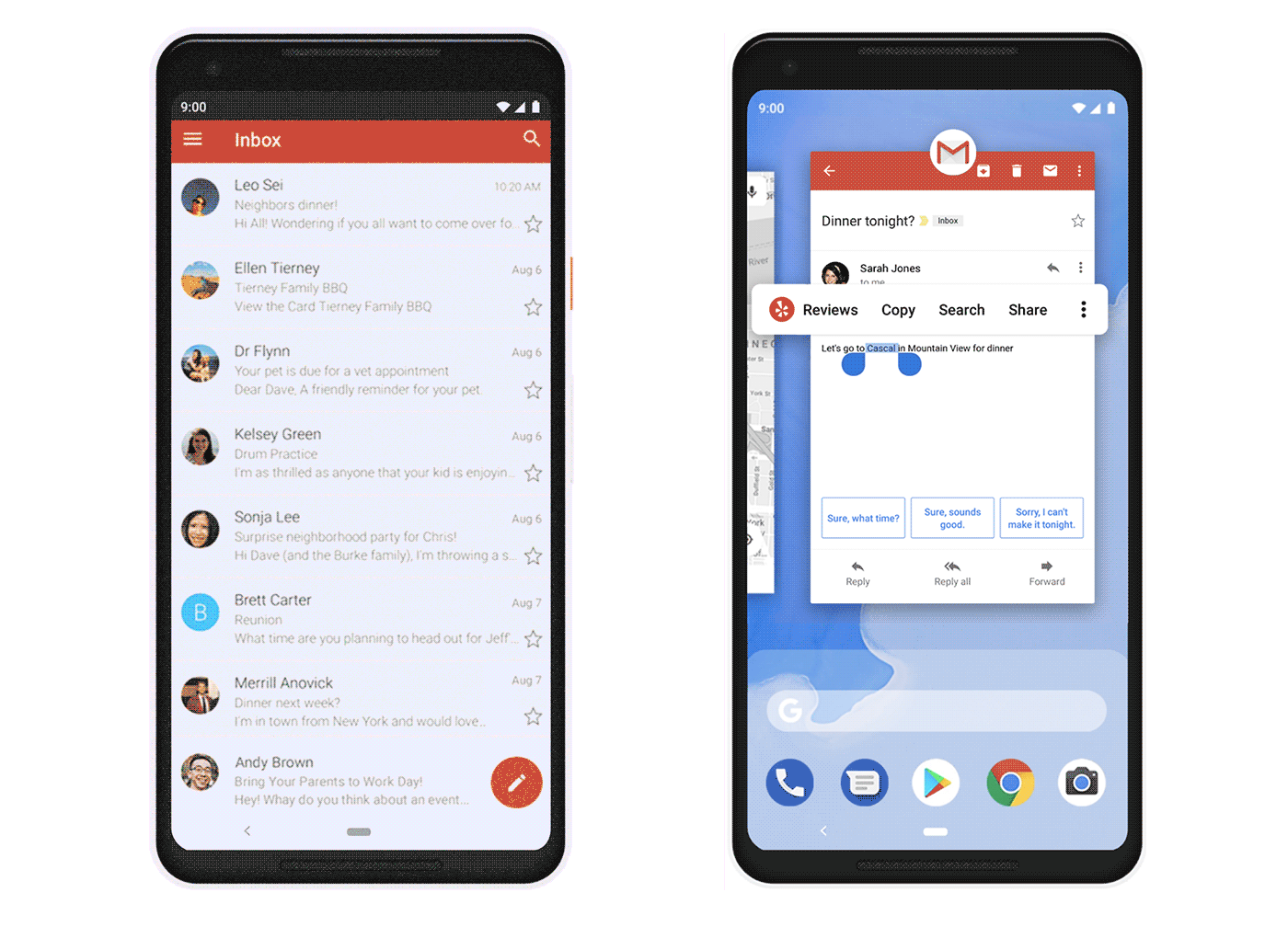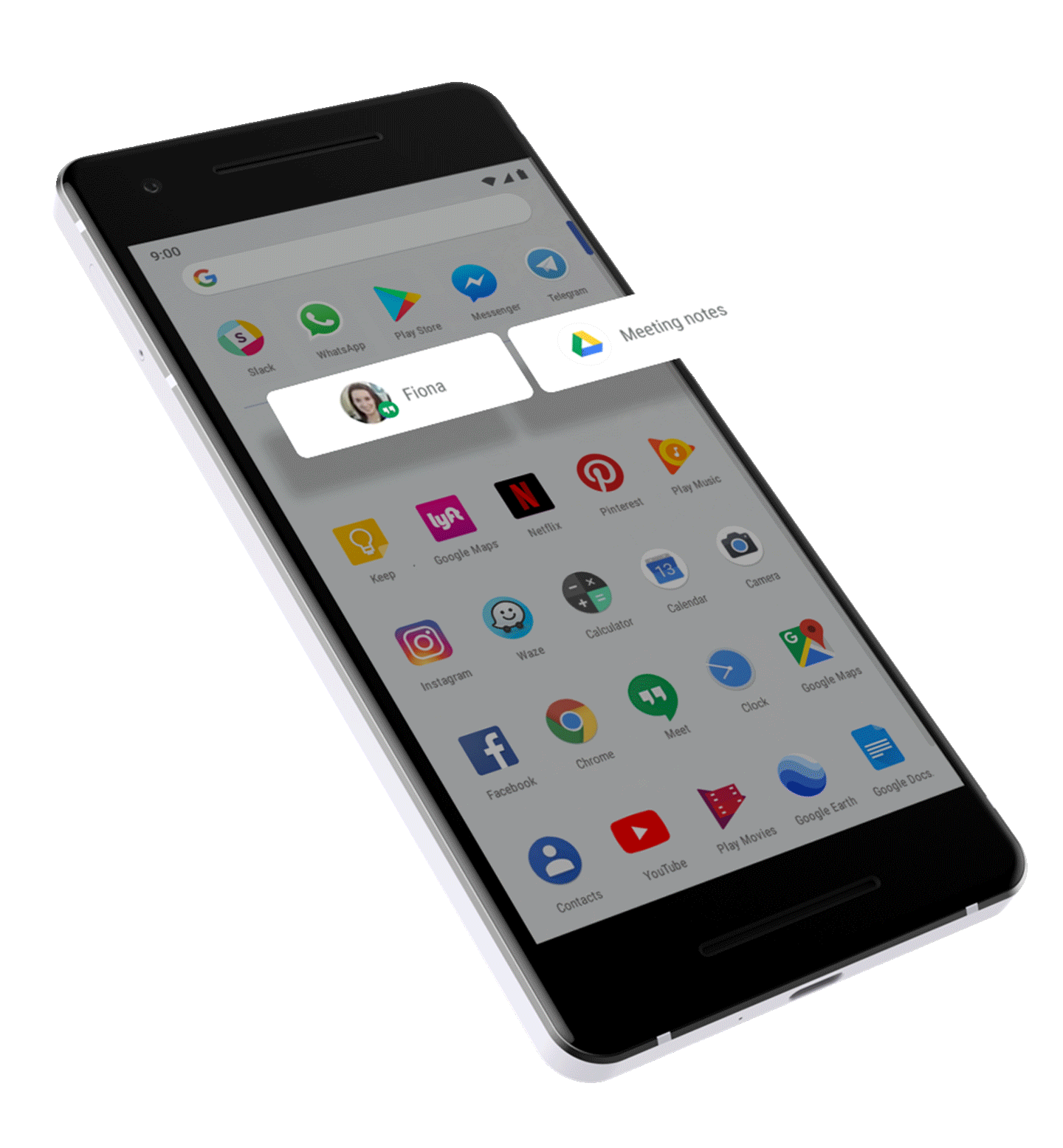After months of beta testing Android P, Google finally gave it a name, Android Pie, and started rolling it out to the Pixel and Pixel 2 devices, but as you all know, it will take some time before other non-Google devices join the party.
There are plenty of new features in the latest OS and many Android fans would really like to know when their devices will be receiving the Pie update. Looking at the recent history, it tells us that non-Google devices will start receiving the update to Android Pie somewhere in Q4 2018. However, things seem a little different this time around because as of this writing, not only are the Google Pixel and Pixel 2 handsets receiving the update to Pie, but also the Essential Phone.

One reason the Essential Phone is receiving the update at the same time as Google Pixels is the early availability of the beta program to non-Google devices. Since the PH-1 wasn’t the only non-Google device in the Pie beta program, we expect to see more of those that took part in the beta testing start receiving the stable OTA very soon.
In short, the Nokia 7 Plus, Sony Xperia XZ2, Xiaomi Mi Mix 2S, Oppo R15 Pro, OnePlus 6, and the Vivo X21 should see Android Pie arriving in the next few weeks, probably before the end of this month or in September 2018. If this materializes, it would make Android Pie one of the fastest Android operating systems to be adopted by non-Google devices, however, whether this will be true across the board remains a mystery.
Related: Android Pie: All you need to know
In addition to the early Android P program, Project Treble has also played a huge role in ensuring that Essential delivers the Pie update on the same day as Google. We know that devices that come preinstalled with Android Oreo support Treble out of the box, but the Essential Phone is only one of the handful devices that also got this feature through an update.

In theory, Treble is supposed to ensure that most, if not all devices that come preinstalled with the feature receive the update to Android Pie at least by the end of the year. However, we all know this will take more than Treble to achieve in practice. If the OEMs in question are not as committed as folks at Essential are, we’ll still see the same trend of slow Android updates, albeit with some improvements.
But the fact that a good number of them were open to enrolling their devices in the beta program says a thing or two about their commitment to timely updates. This also means that these OEMs already have a fairly stable build at this point in time, something that should also help lessen the time it takes to make the stable version available.
Related: Android Pie update release roadmap
Even so, it would be easier if Android Oreo and Treble-supported devices dominated the Android scene. Unfortunately, devices with Oreo (some of which don’t support Treble) account for only 12.1% of all Android devices (as of July 23), meaning it will still take some time and effort to get most devices to Android Pie, a significant chunk of which will be receiving their second and last major OS upgrade.

While the update to Android Pie might not turn out to be as easy as pie, it’ll definitely be a step ahead of its predecessors, including Android Oreo. At the moment, Oreo is the fastest growing Android OS to date, a feat that Pie should easily surpass thanks to the more established Project Treble support and the continued willingness of OEMs to keep rolling out timely software updates to their devices.





![Solution For Quiz - Where Did the Dragon Hall Deal a Major Blow to the Khitan Navy [Where Winds Meet]](/content/images/2026/01/1-15.png)







Discussion